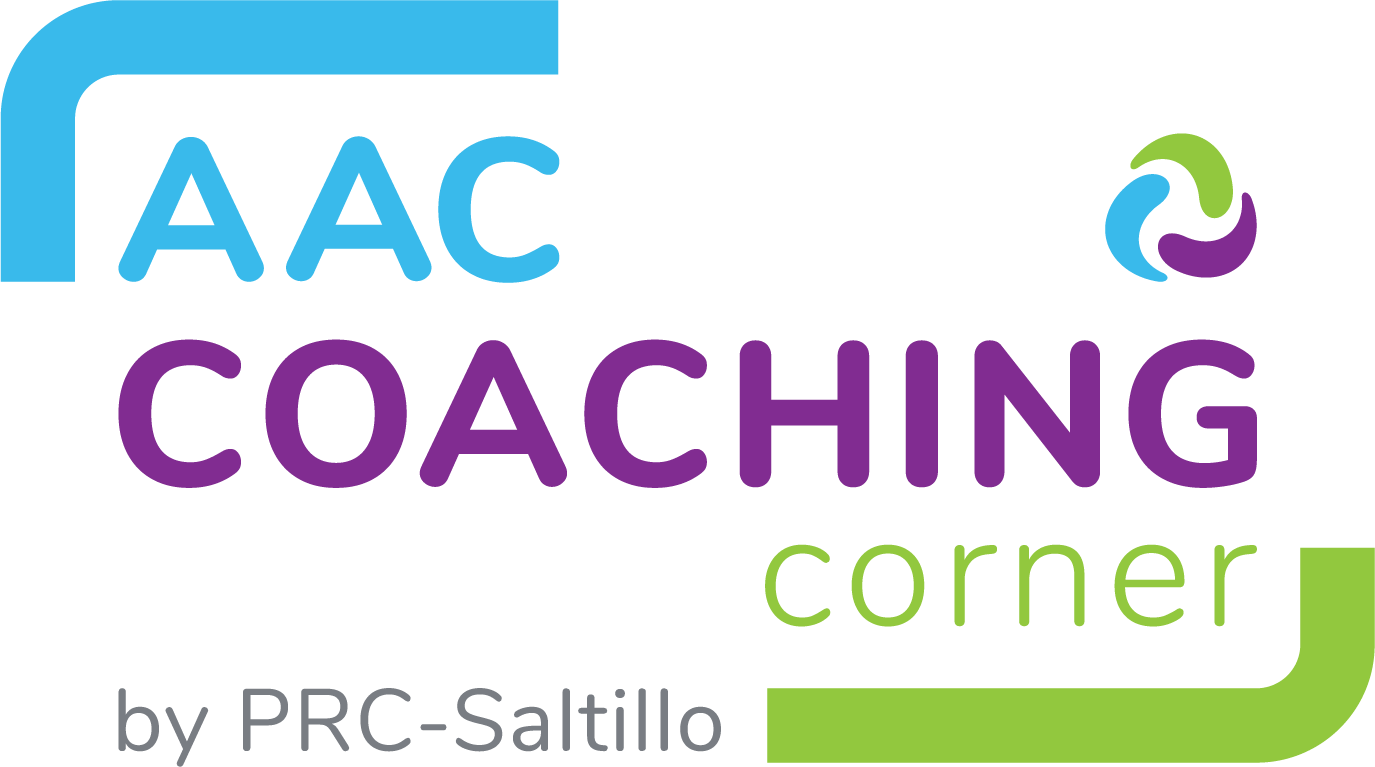
By Margo Edwards, Director of Content Development for SightWords.com, a free resource for teaching children to read
Finding great educational activities is a challenge for teachers and parents alike. Teachers want classroom time to be fun but still substantive, and parents want to promote their child’s education without resorting to boring drills and exercises.
Part of this challenge is figuring out the appropriate role of games in a child’s education. Games should be used to reinforce a lesson, but not to introduce new material. For example, with sight words instruction, games are an excellent tool for reinforcing the lesson through repetition of recently introduced sight words. This repetition helps the child build speed and fluency in reading. Games are also a fun way to review words that the child has already mastered.
Repetition is a key part of sight words instruction. Fortunately, repetition is an easy thing to incorporate into a variety of games, several of which are already familiar to young children. At SightWords.com, we recommend one short, thirty-minute session of sight words instruction per day, divided into ten minutes of teaching time and twenty minutes of game time. The lessons employ several teaching techniques and some simple flash cards, with no frills to distract from the subject at hand. The games are designed to be lots of fun, but they still have a clear purpose: to practice reading sight words and recognizing them quickly.
We offer a variety of games to suit a range of needs and preferences. Of course, some children love Snakes & Ladders while others love the Bean Bag Toss. But depending on the number of children you are working with and the number of words you want them to practice, one game might work better for you than another. The different games can serve different purposes.
For example, a set of [Sight Words Dominoes] (http://www.sightwords.com/sight-words/games/dominoes/) cards contains only ten different words. So this is a great game for focusing on a few words that need extra attention and repetition. You could use Dominoes to give your child extra practice differentiating the “th” words—the, their, then, there, that, this, they, them, think, and these—several words that look quite similar to someone just learning to read.
Book Land is a sight words variation of the classic board game Candy Land. Kids love the brightly colored and illustrated game board, and they already know the rules of the game. This is a great game for playing at home, because younger, non-reading siblings can join in the fun. Little Brother can simply play according to the colors, while Big Sister practices her sight words by reading the words on the cards.
Games like Go Fish work well with small groups of two to four children (or one child and a parent), while Sight Words Bingo is a popular game for the whole classroom. And Pathways and Fly Swat are more physical games that let kids use up some of that wiggly energy!
What should you do when a child makes a mistake during a game—if she gets stuck on a word, or says the wrong word? The last thing you want is for the game to reinforce that mistake in the child’s memory. We at SightWords.com have developed a simple corrections procedure, a straightforward script for gently pointing out the mistake and offering multiple repetitions of the correct answer.
Educational games, when employed wisely, are an excellent addition to the classroom curriculum and a wonderful way for parents to reinforce and encourage a child’s schooling.
There are no comments yet. Be the first to post!You must be logged in to post.
News















